- Affirming the position of Vietnam's shrimp capital
- More than 740 households have built a shrimp - ecological forest value chain.
- Towards an environmentally friendly shrimp-forest model
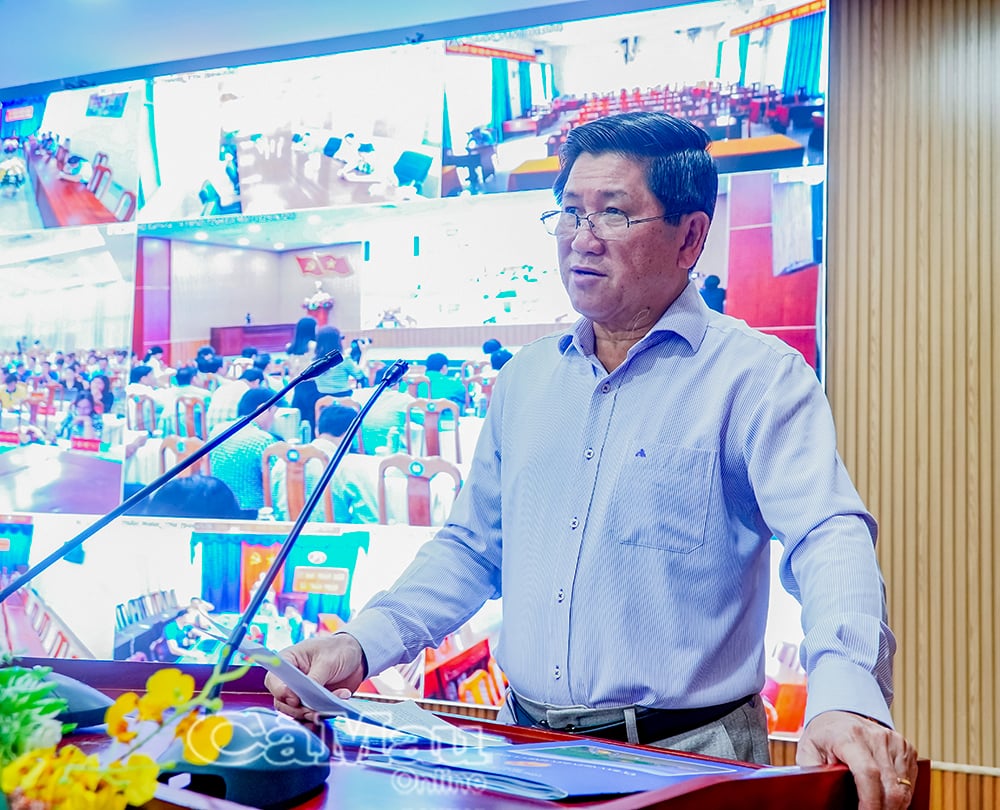 Vice Chairman of the Provincial People's Committee Le Van Su directed departments, branches and localities to coordinate to support businesses and shrimp farmers, and implement projects according to closed value chains.
Vice Chairman of the Provincial People's Committee Le Van Su directed departments, branches and localities to coordinate to support businesses and shrimp farmers, and implement projects according to closed value chains.
According to the plan, the province aims to replicate 1,500 hectares of the model by 2025, apply technology to increase productivity to 22-25 tons/ha/crop, build farming areas according to linked chains, achieve international certifications such as ASC, BAP... to aim for sustainable production, associated with environmental protection and increase the value of shrimp.
Ms. Mai Xuan Huong, Deputy Head of the Science Management Department (Department of Science and Technology) said that the model has been tested and has given positive results in terms of productivity, quality and environment. The new point in this plan is that people are accompanied by 5 "houses": banks - businesses - scientists - the State - farmers, ensuring sustainability throughout the project implementation process.
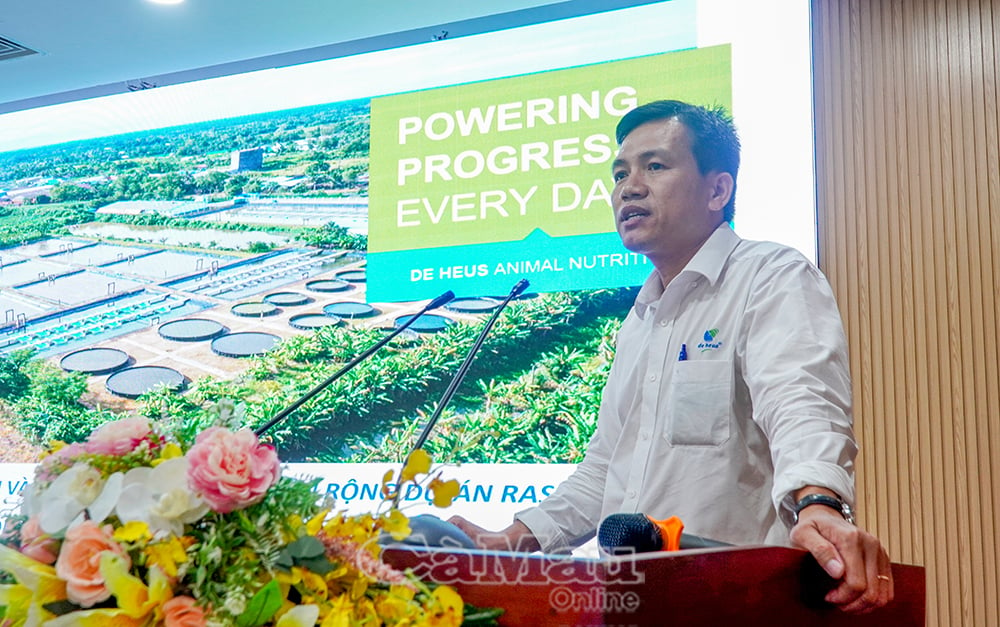 Mr. Quach Kha Ly, De Heus Company Limited, discussed resource allocation and technical support for the project area.
Mr. Quach Kha Ly, De Heus Company Limited, discussed resource allocation and technical support for the project area.
The unit in charge of implementing the 1,000 hectares in the plan is De Heus Company Limited. Mr. Quach Kha Ly, Sales Director of the Southern region, said that the enterprise has prepared sufficient resources and arranged technical staff in all 28 participating communes. The company committed to providing technical support, standard feed, international certification guidance and proposed to build a specialized cooperative to develop the shrimp brand of the model.
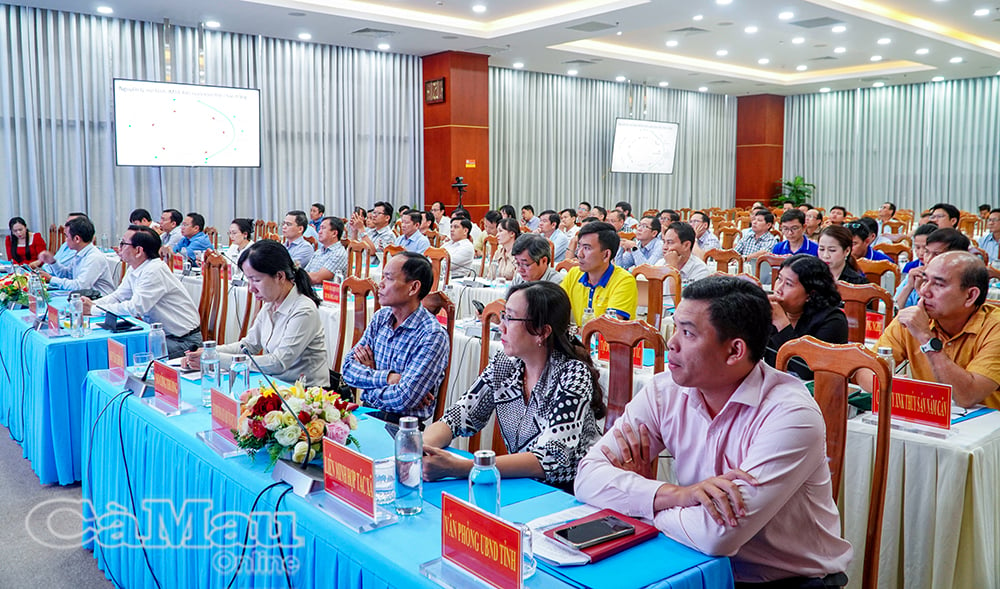 Delegates from departments, branches and businesses attended the conference at the provincial bridge.
Delegates from departments, branches and businesses attended the conference at the provincial bridge.
At the conference, Dr. Nguyen Nhut (Research Institute for Aquaculture II) committed to participating in developing standard procedures, training and technical support, and connecting domestic and foreign units to ensure the model meets environmental standards and the highest efficiency.
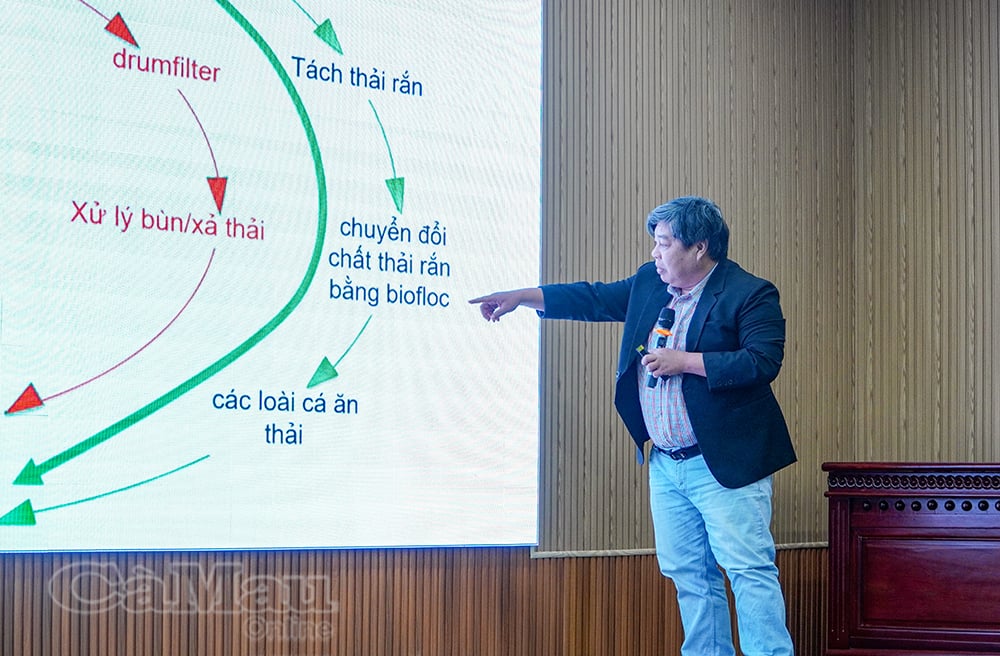 Dr. Nguyen Nhut (Institute of Nanotechnology II) introduced the process and technology of the RAS-IMTA model.
Dr. Nguyen Nhut (Institute of Nanotechnology II) introduced the process and technology of the RAS-IMTA model.
However, many localities believe that the implementation process will still be difficult. Mr. Nguyen Minh Hai, Vice Chairman of the People's Committee of Phu My Commune, said: "People have signed contracts with other businesses, while old ponds are difficult to adjust to new technology, so the initial conversion will not be simple." The locality is committed to striving for at least one household to participate in each hamlet, ensuring the completion of the planned target of 30 hectares.
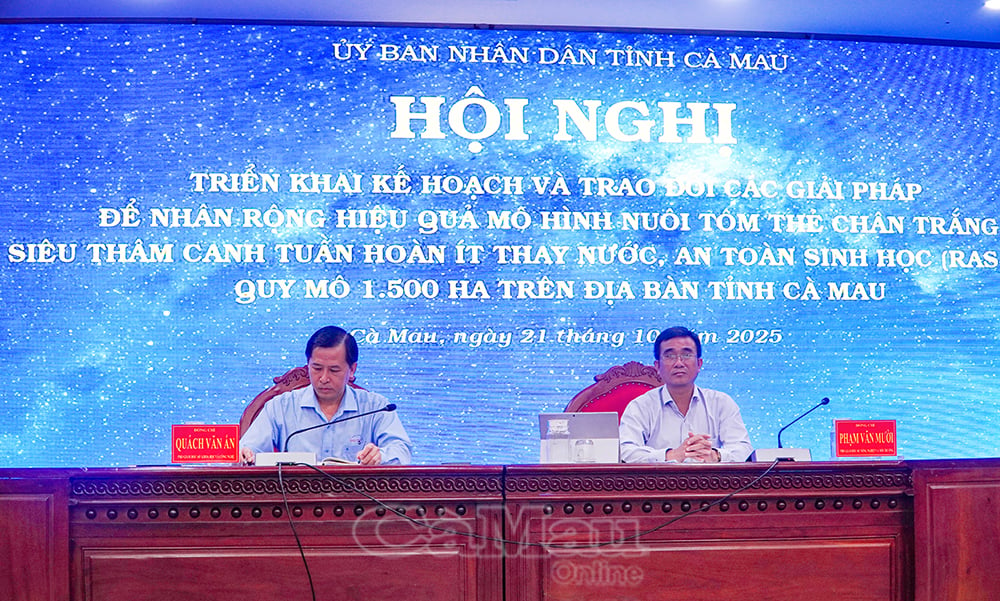 Representatives of the Department of Science and Technology and the Department of Agriculture and Environment discussed the project implementation roadmap.
Representatives of the Department of Science and Technology and the Department of Agriculture and Environment discussed the project implementation roadmap.
Speaking at the conference, Mr. Le Van Su, Vice Chairman of the Provincial People's Committee, emphasized: in the economic development of Region I (Agriculture - Forestry), shrimp is identified as a breakthrough industry. In particular, the super-intensive shrimp farming model is the most breakthrough type, with an average yield of over 20 tons/ha/crop, while the average yield of the province is currently only about 450 kg/ha.
He said that if the province maintains a stable area of about 13,000 hectares of super-intensive shrimp farming, the shrimp industry will bring outstanding value to agriculture and make an important contribution to the province's economic growth. The Vice Chairman of the Provincial People's Committee requested departments, branches, localities, businesses and farmers to participate in the project with the spirit of urgency, determination and the highest responsibility, ensuring that the model is implemented effectively, synchronously and sustainably.
Nguyen Phu – Tien Len
Source: https://baocamau.vn/xay-dung-chuoi-gia-tri-khep-kin-gan-voi-phat-trien-ben-vung-a123291.html


![[Photo] Prime Minister Pham Minh Chinh meets with Speaker of the Hungarian National Assembly Kover Laszlo](https://vphoto.vietnam.vn/thumb/1200x675/vietnam/resource/IMAGE/2025/10/20/1760970413415_dsc-8111-jpg.webp)
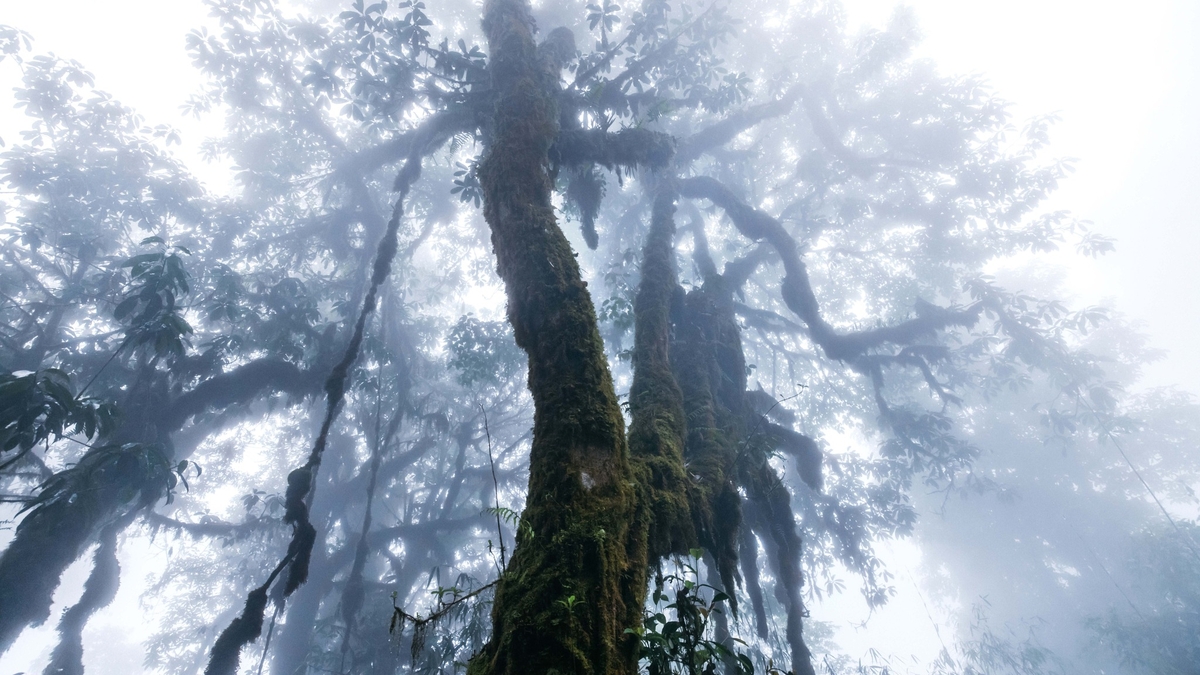
![[Photo] Prime Minister Pham Minh Chinh received Mr. Yamamoto Ichita, Governor of Gunma Province (Japan)](https://vphoto.vietnam.vn/thumb/1200x675/vietnam/resource/IMAGE/2025/10/21/1761032833411_dsc-8867-jpg.webp)

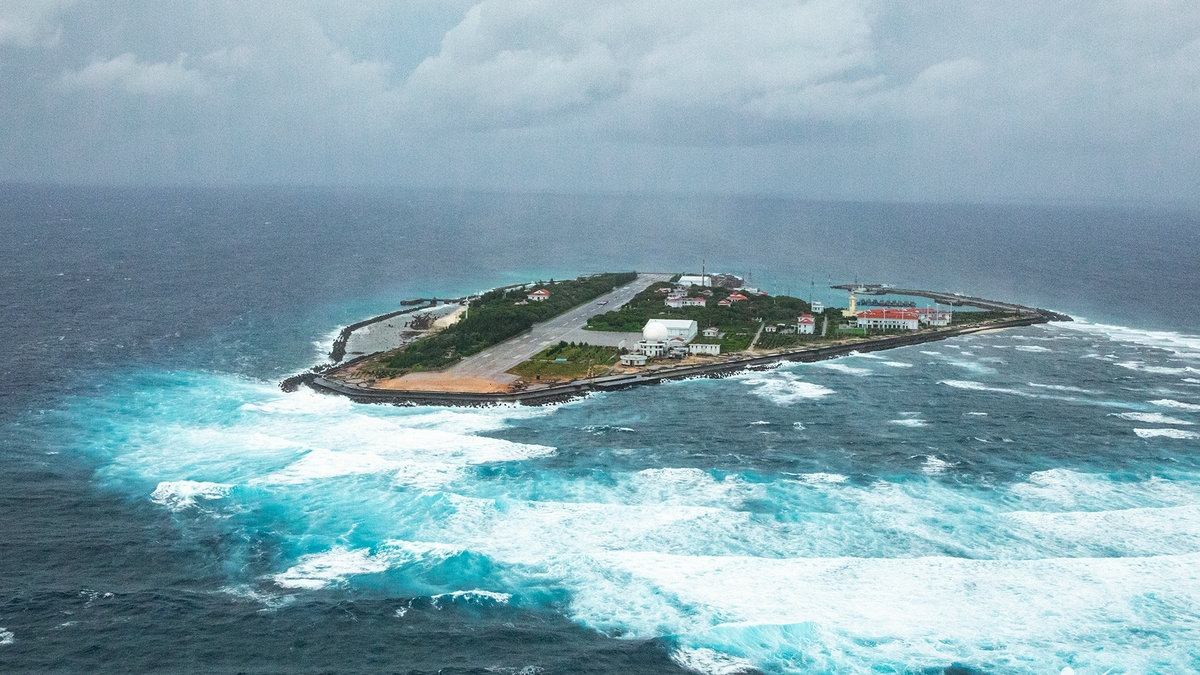
![[Photo] Da Nang residents "hunt for photos" of big waves at the mouth of the Han River](https://vphoto.vietnam.vn/thumb/1200x675/vietnam/resource/IMAGE/2025/10/21/1761043632309_ndo_br_11-jpg.webp)
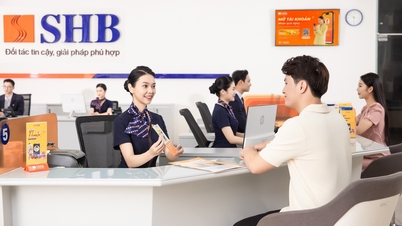

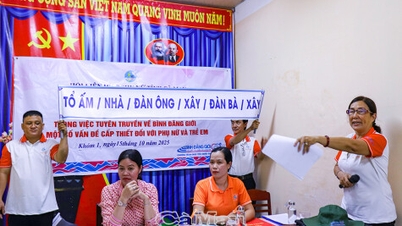


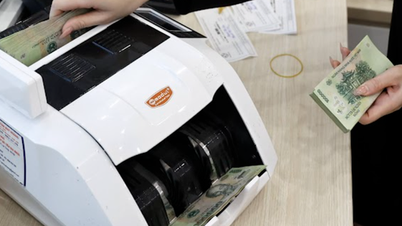





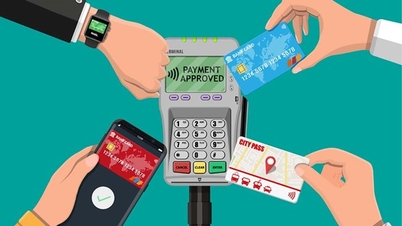

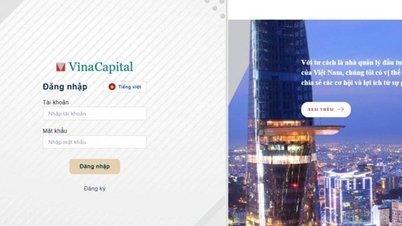

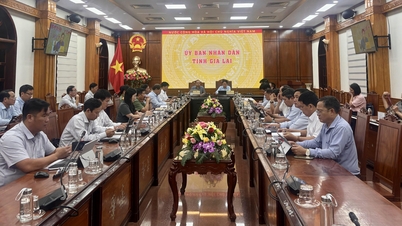

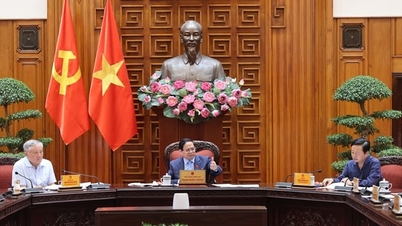

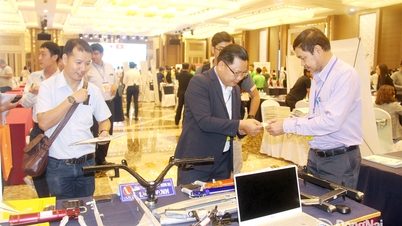






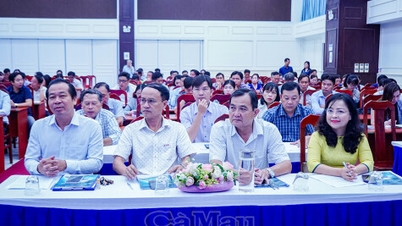
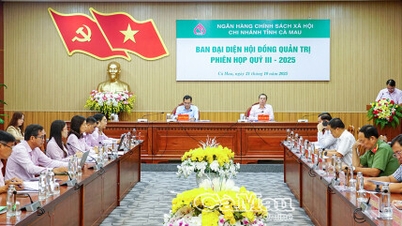
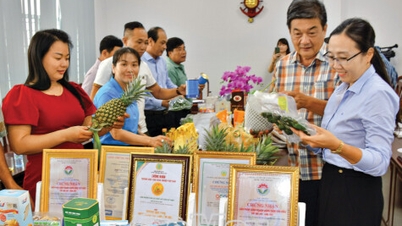
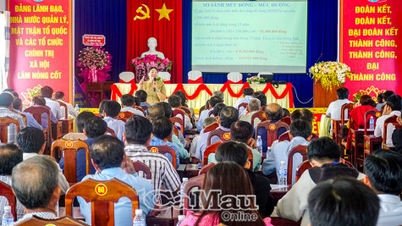
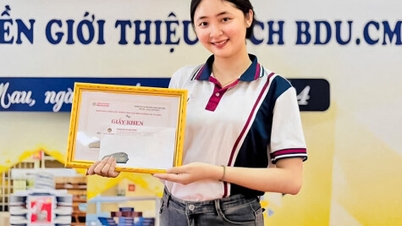
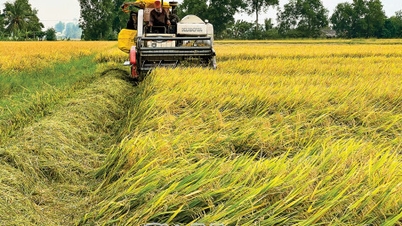




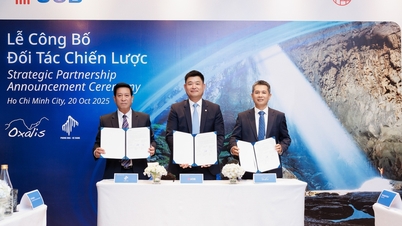



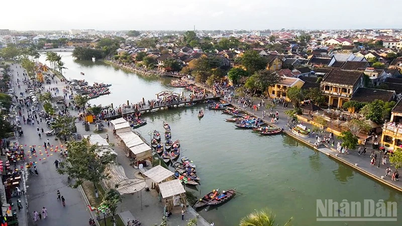





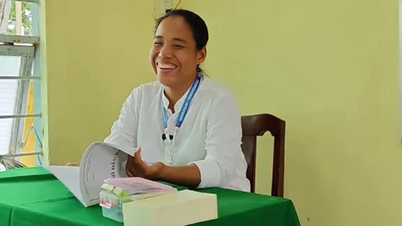
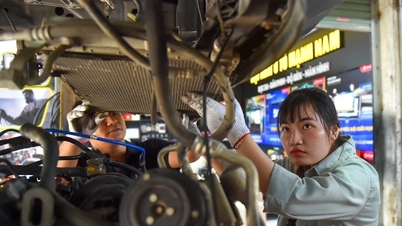

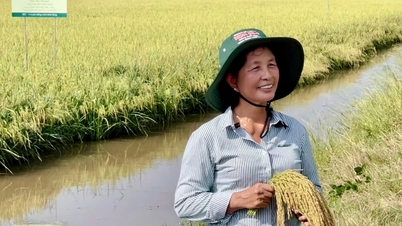

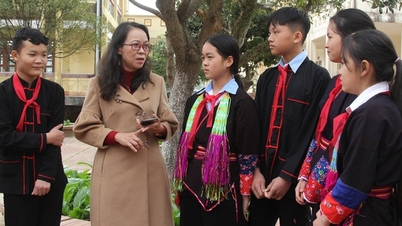

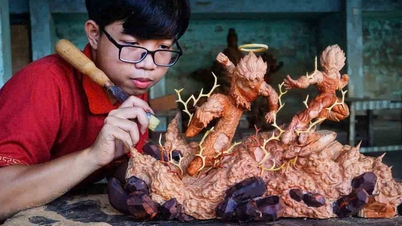
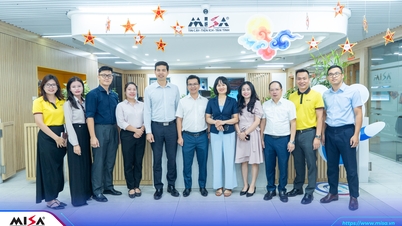

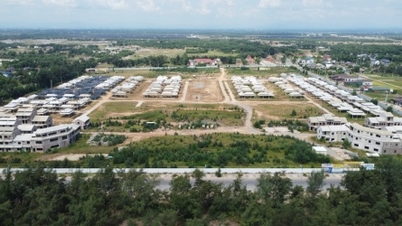


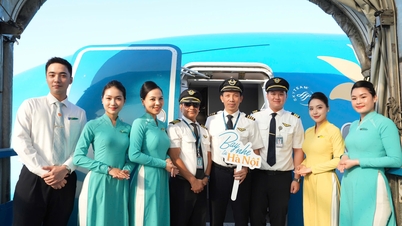
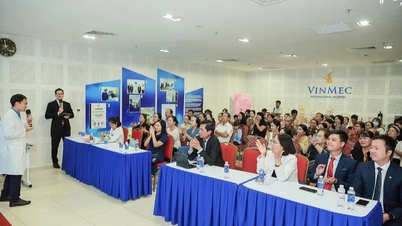






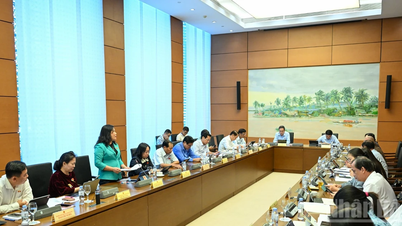
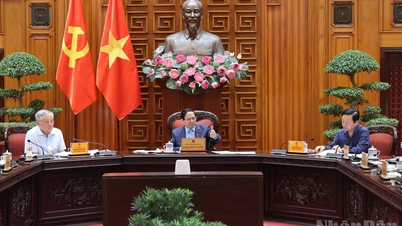
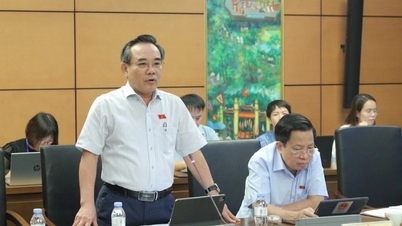
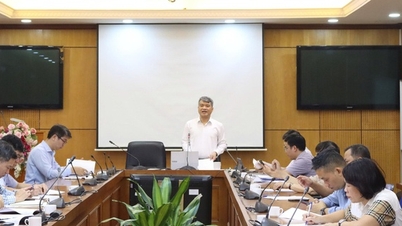
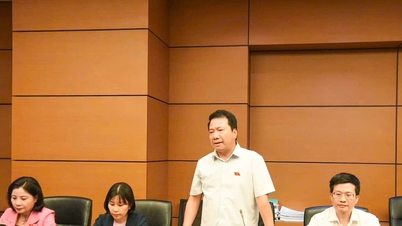
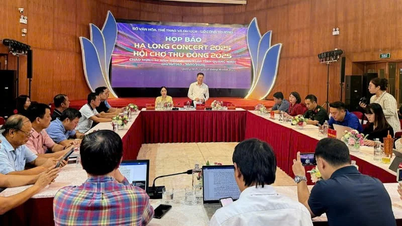
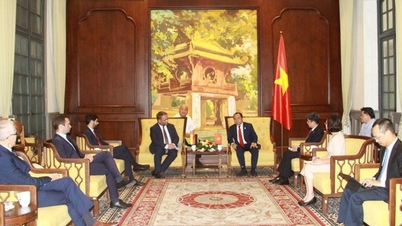

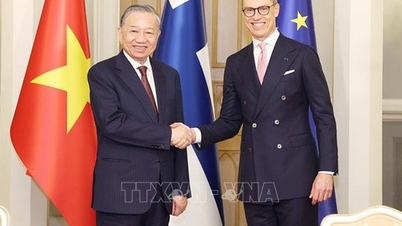
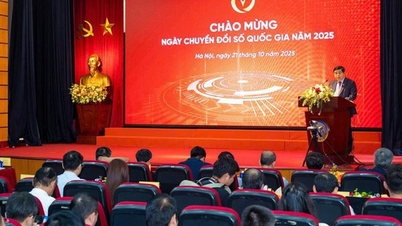


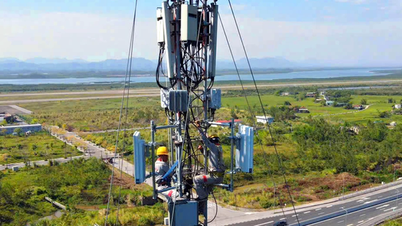
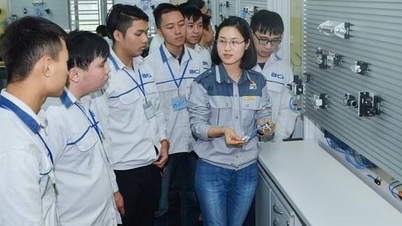
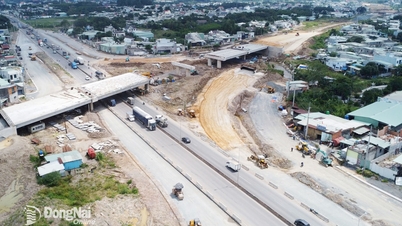
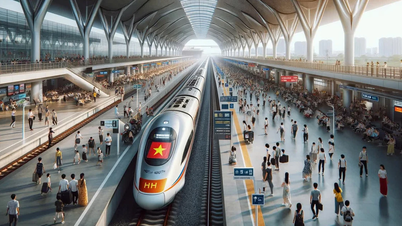

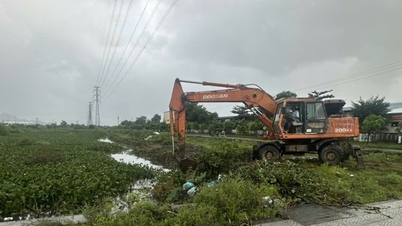

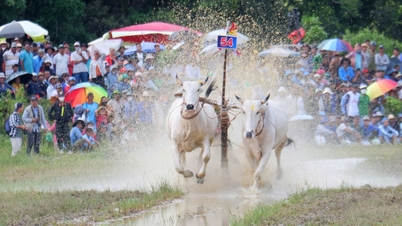

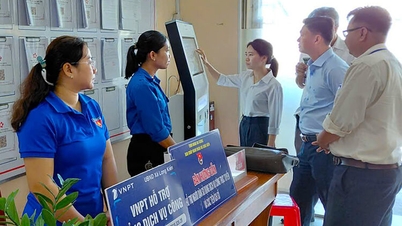
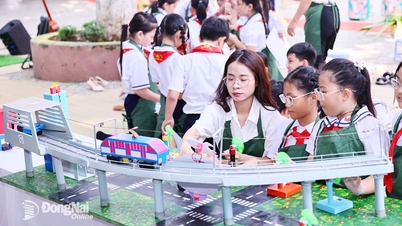








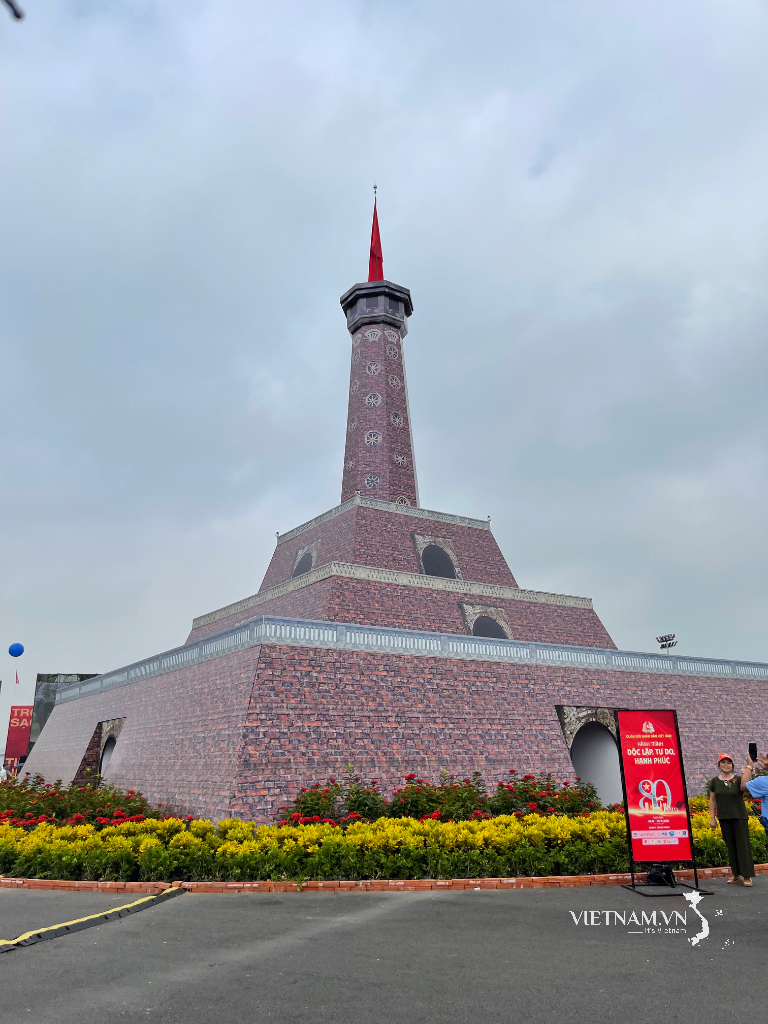
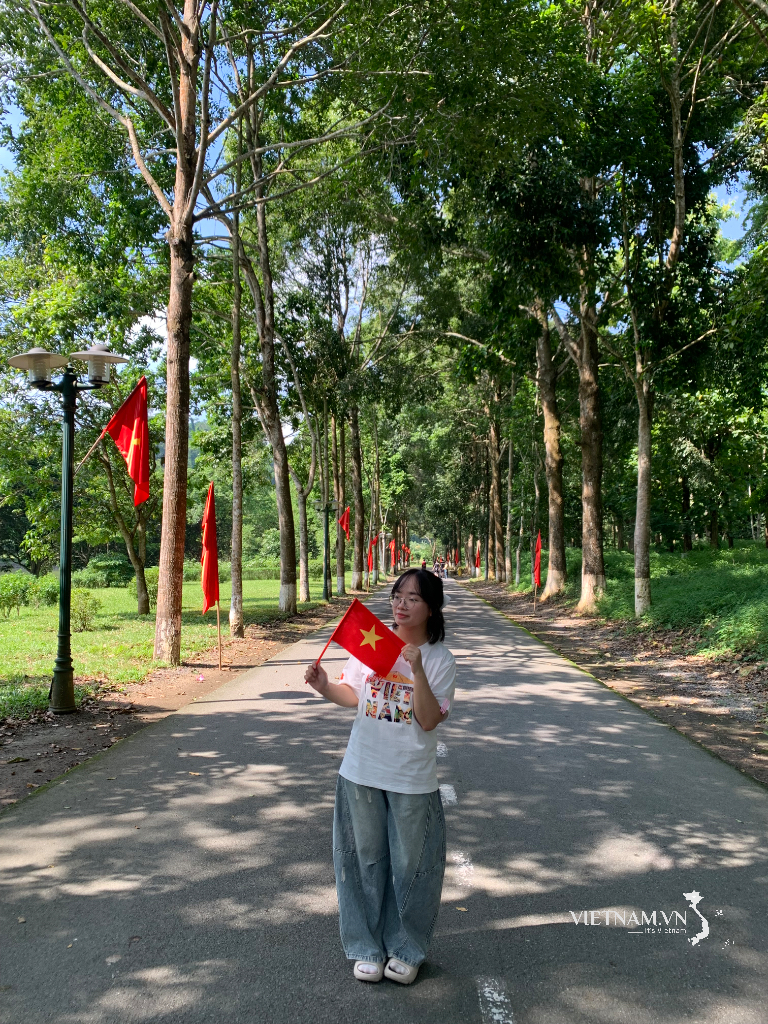


Comment (0)